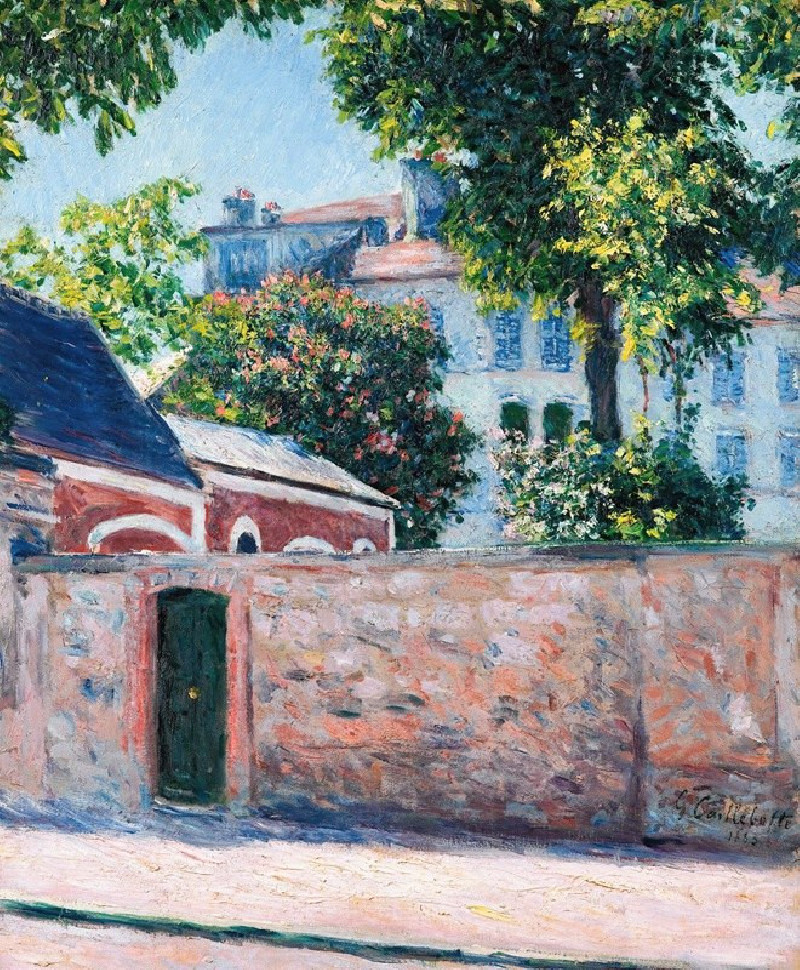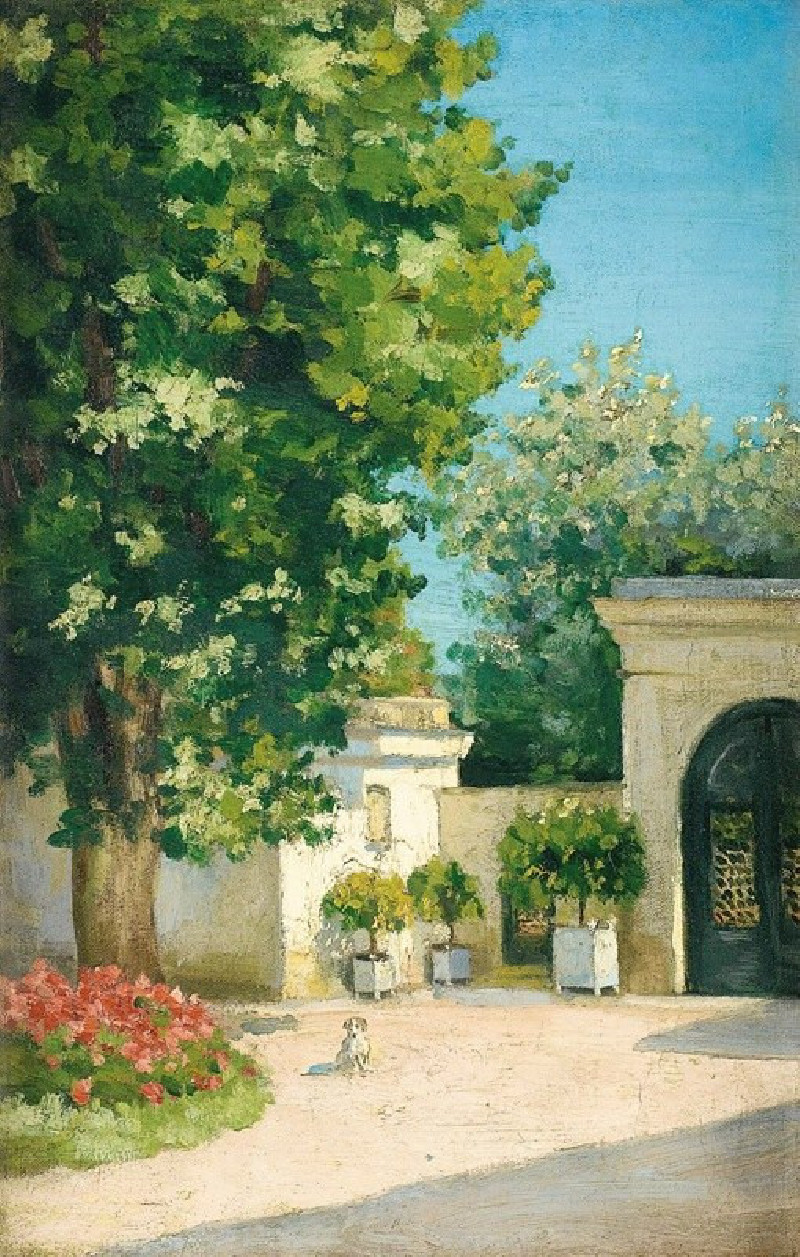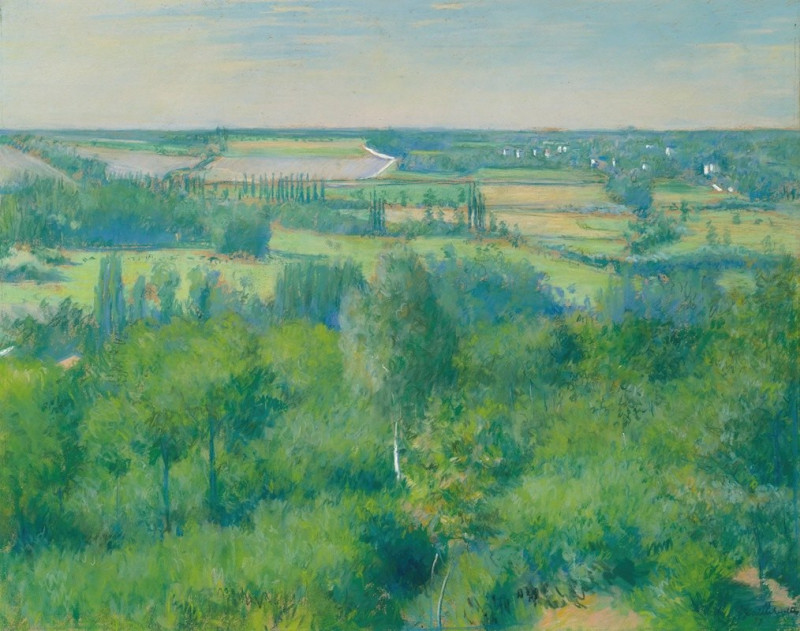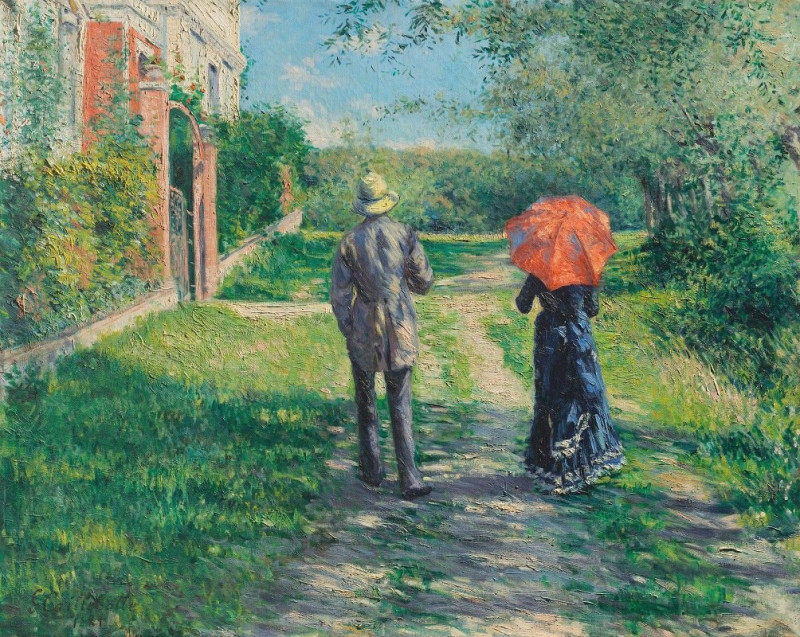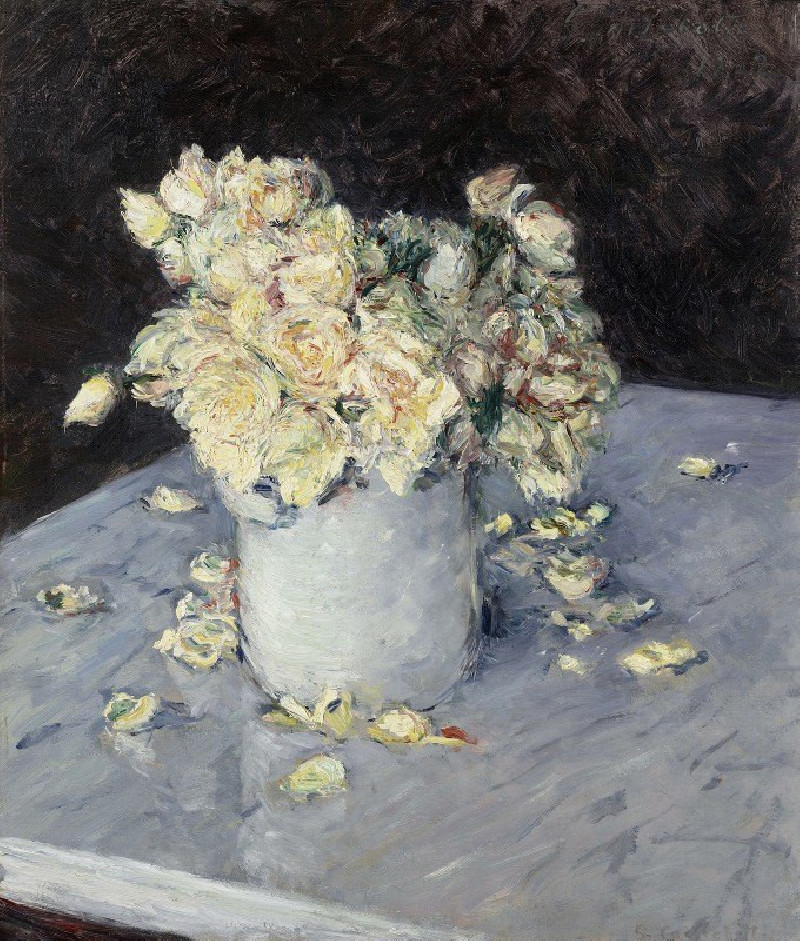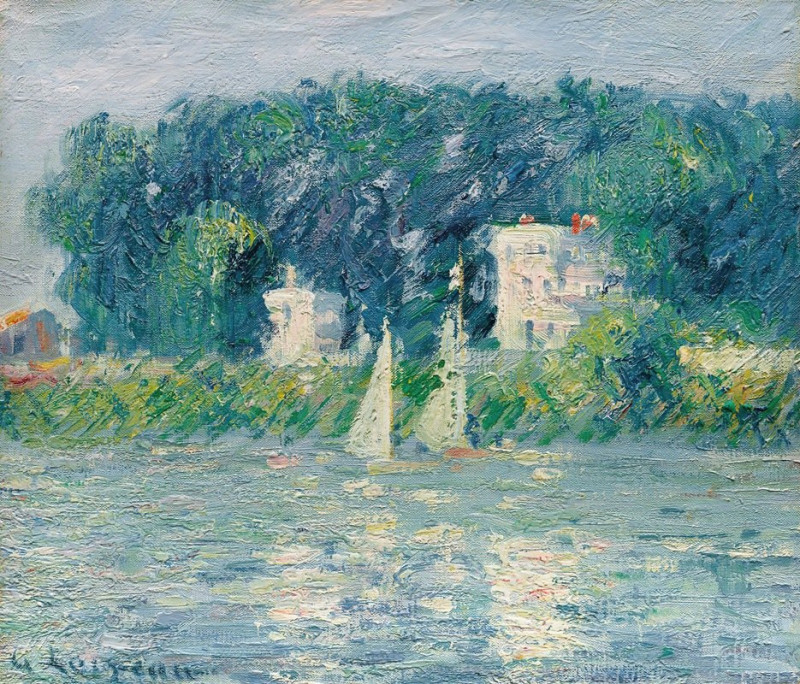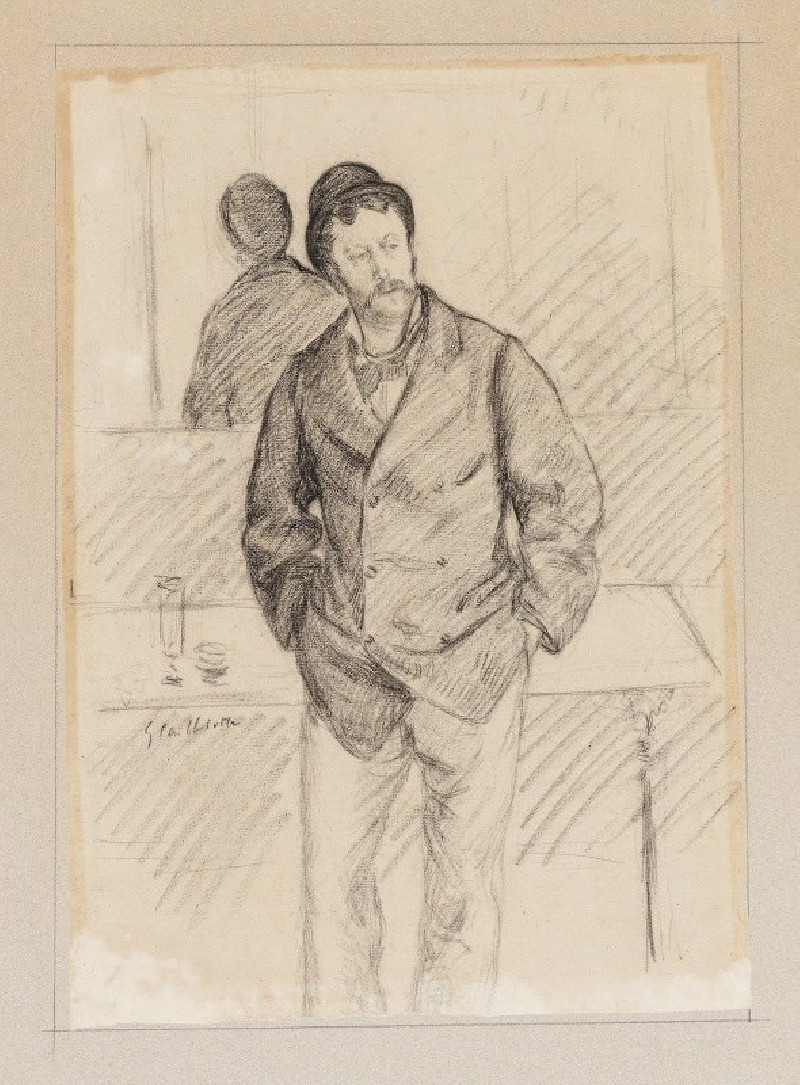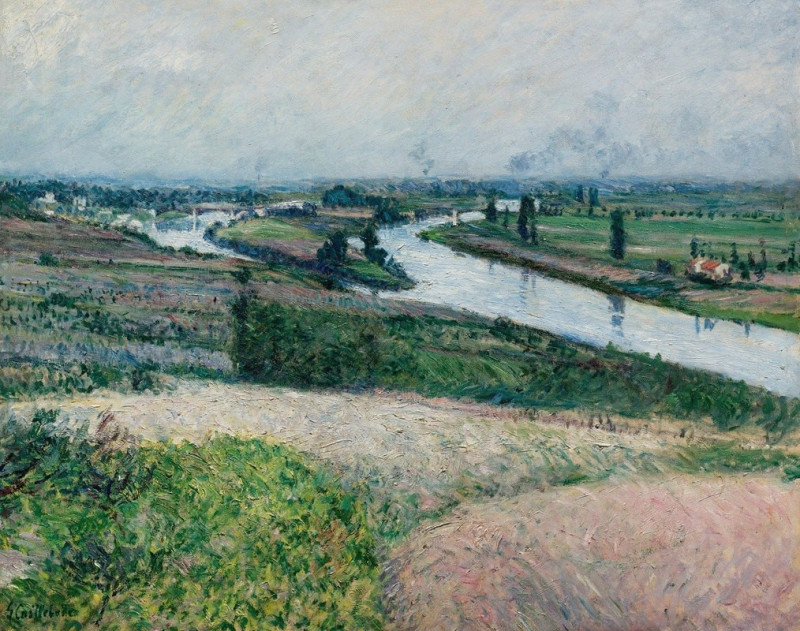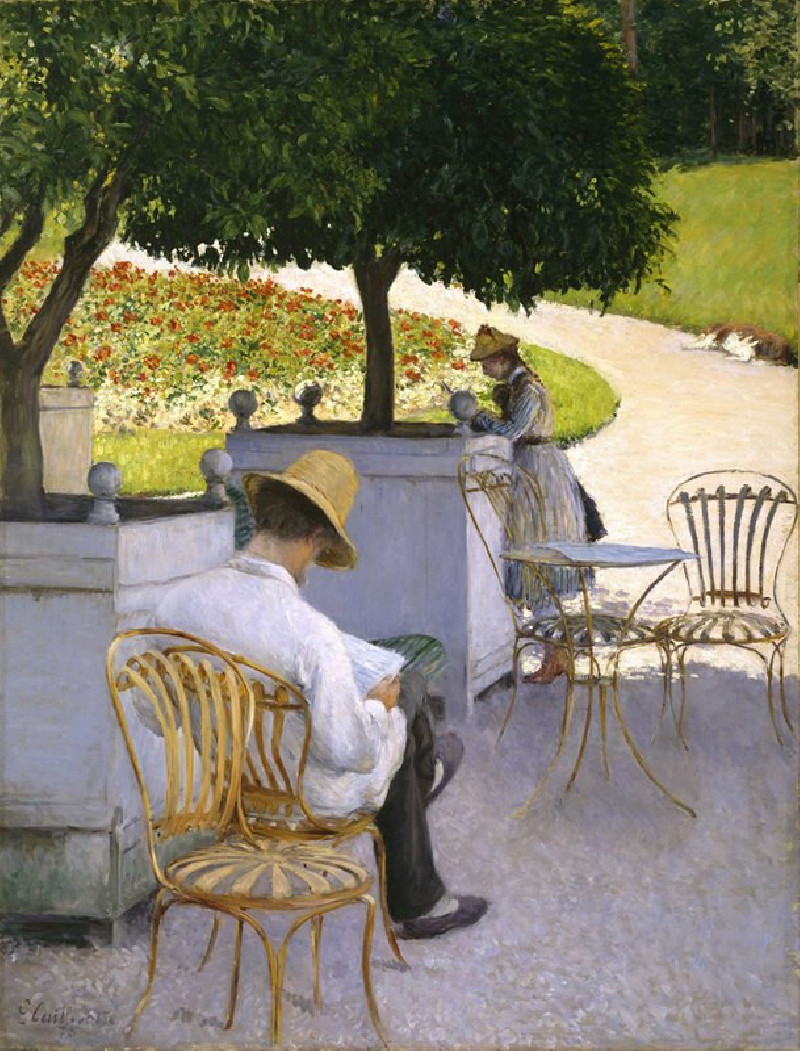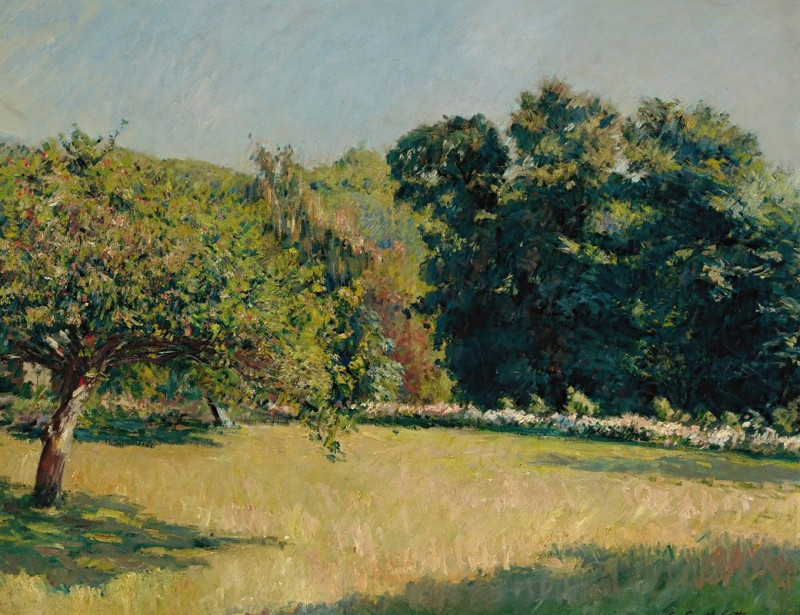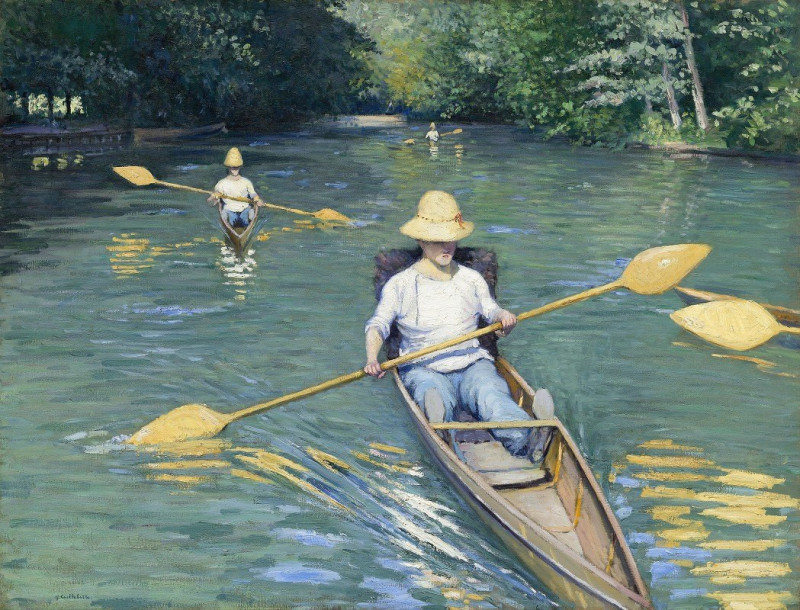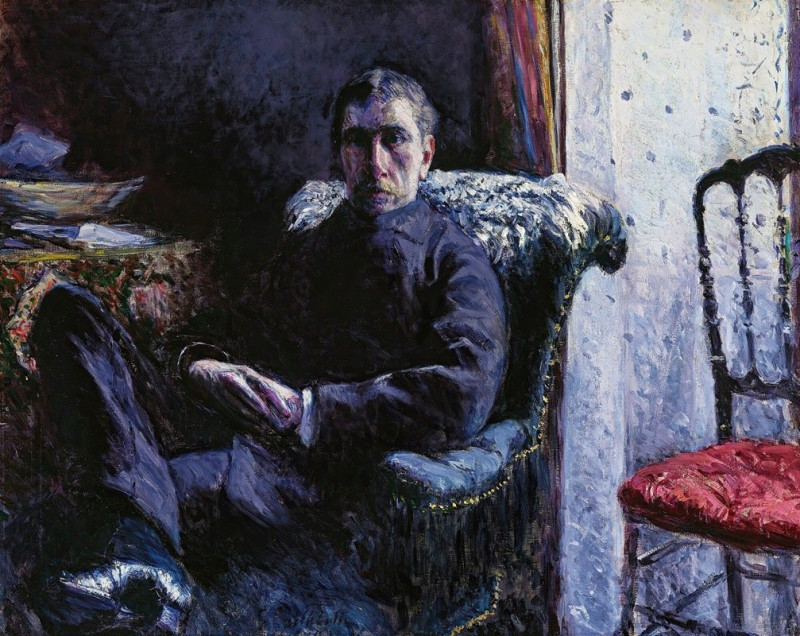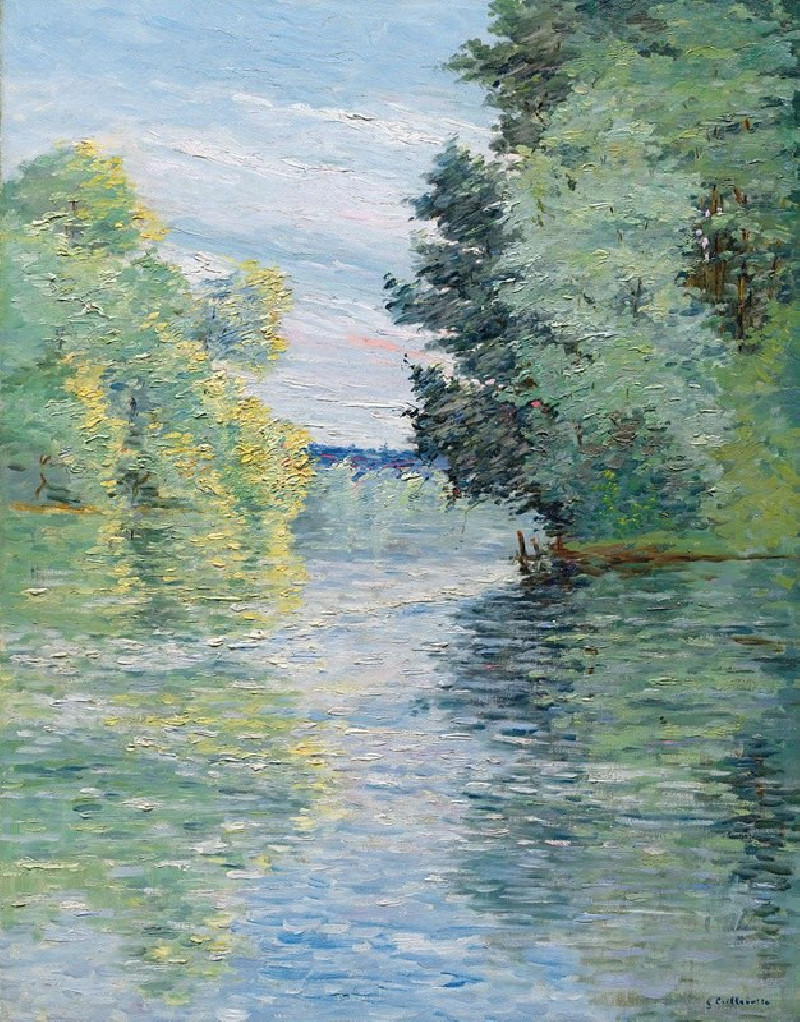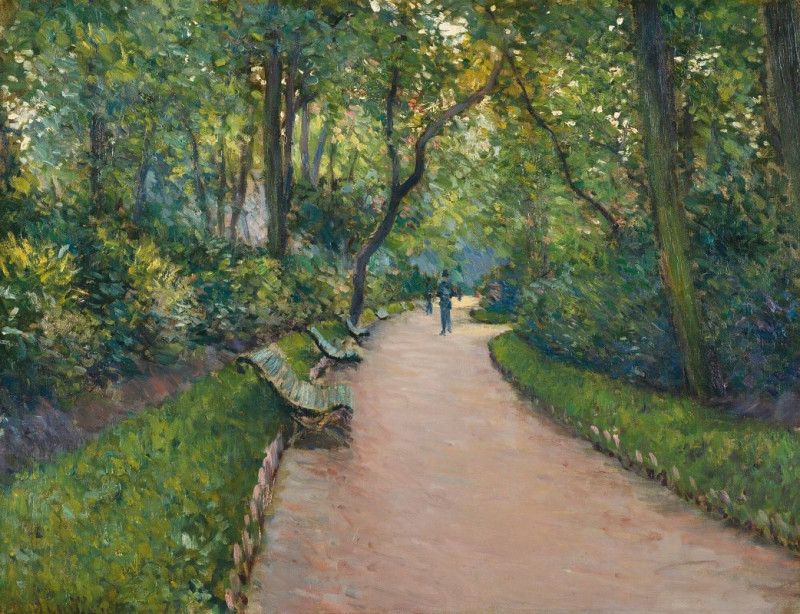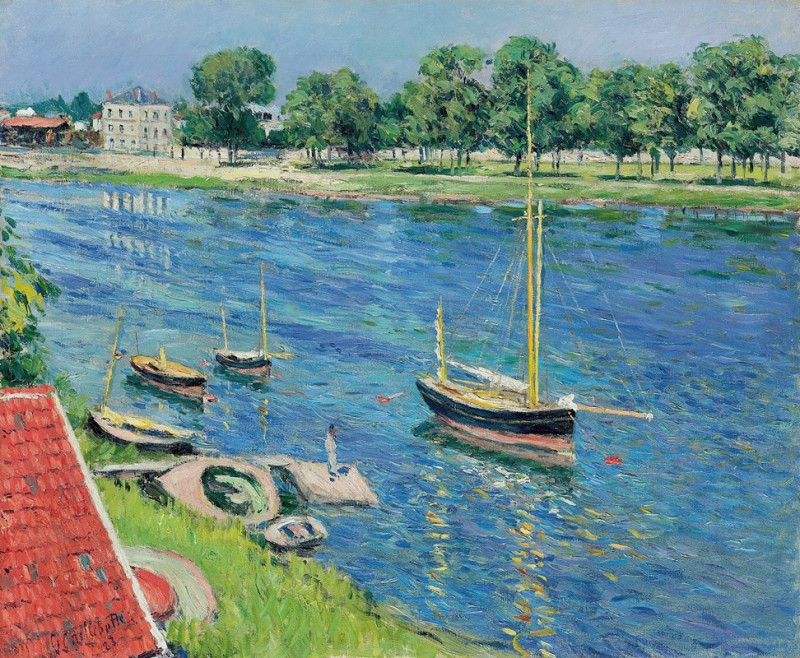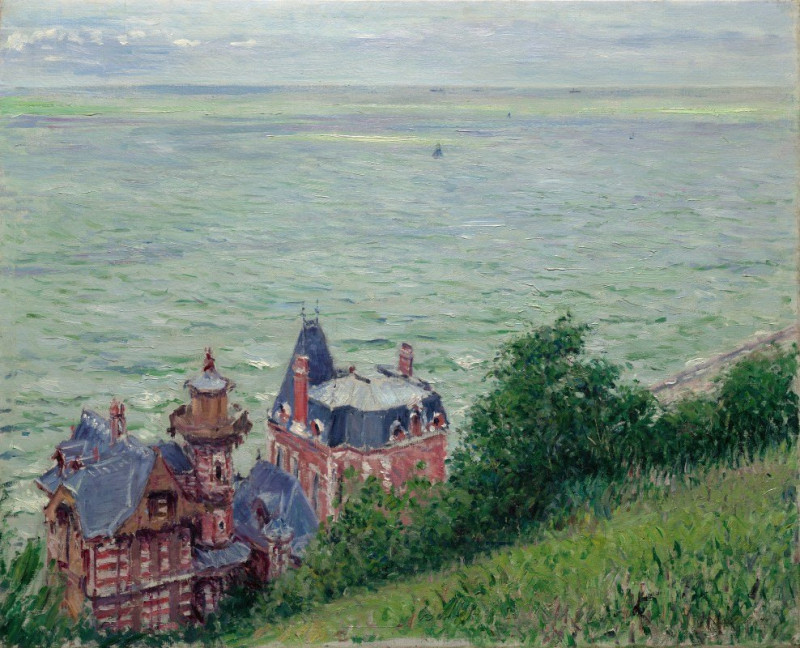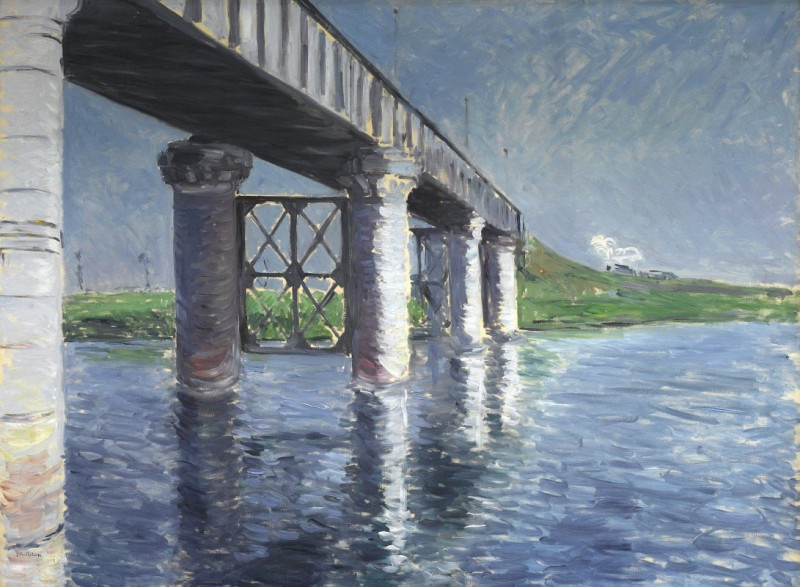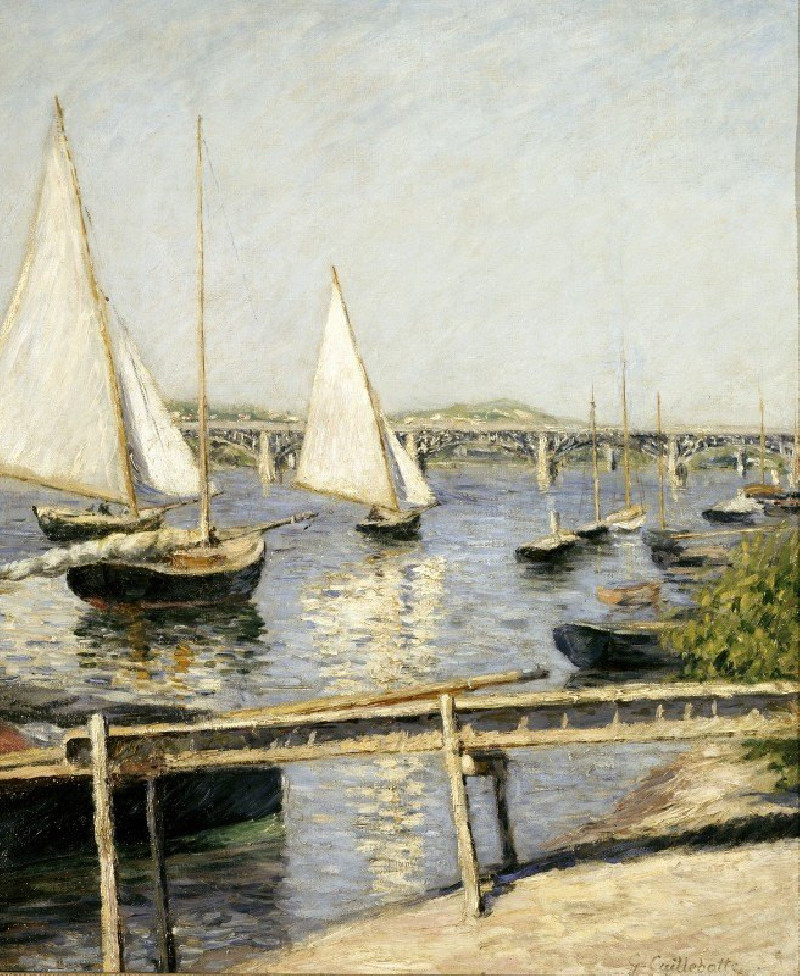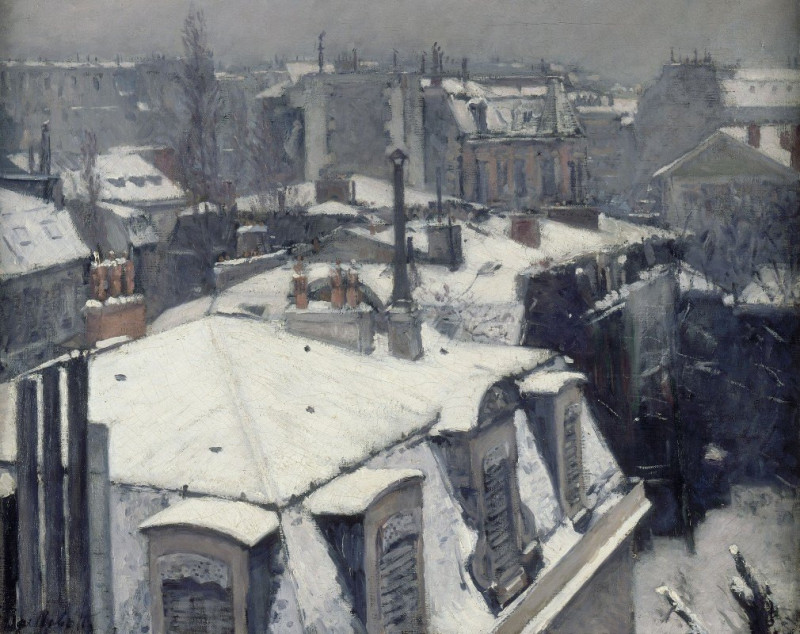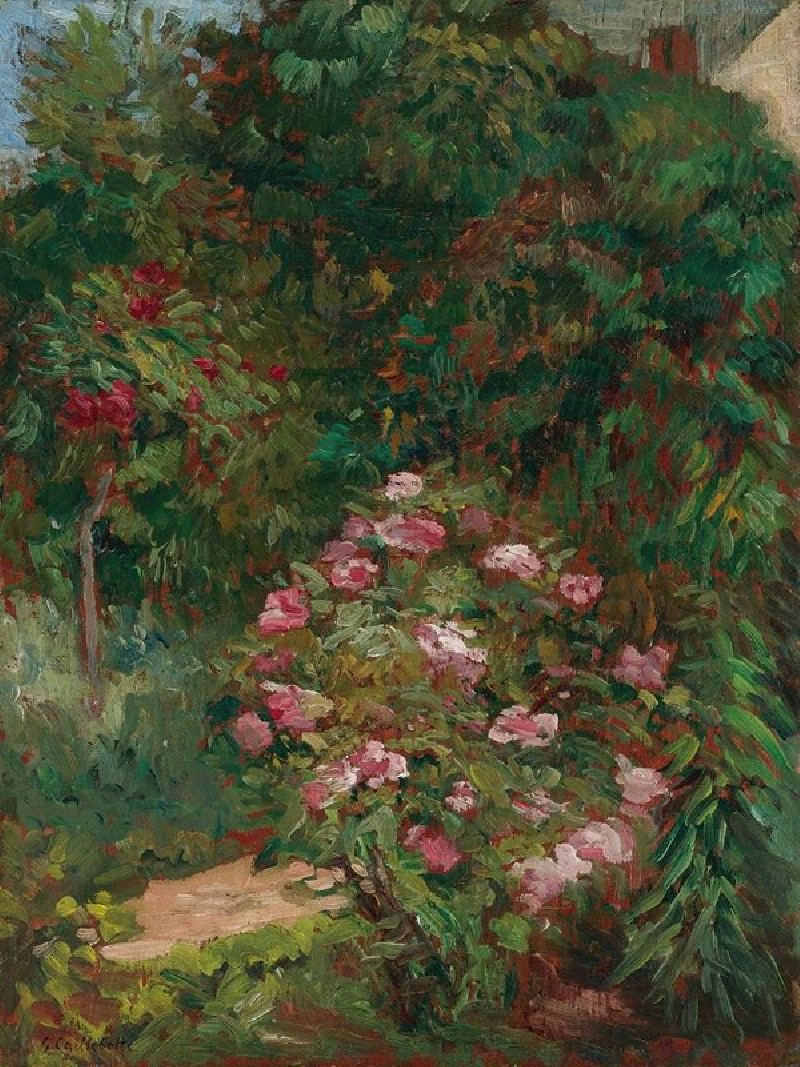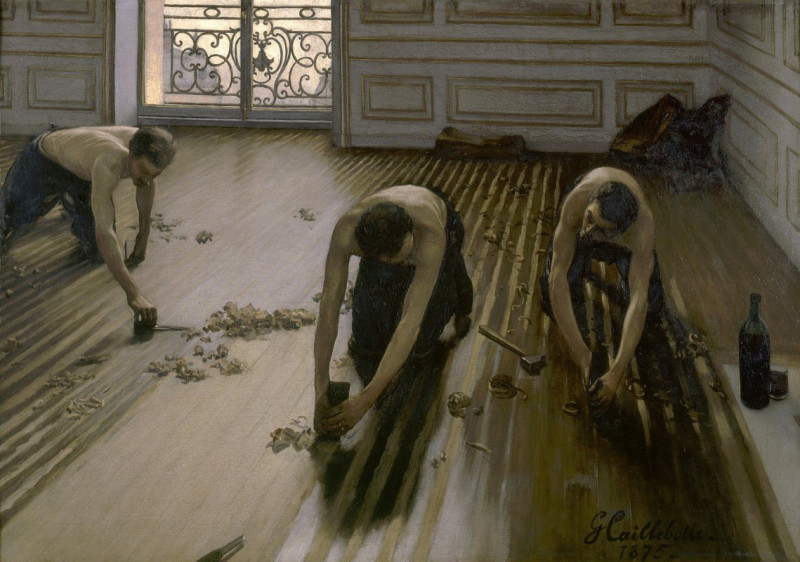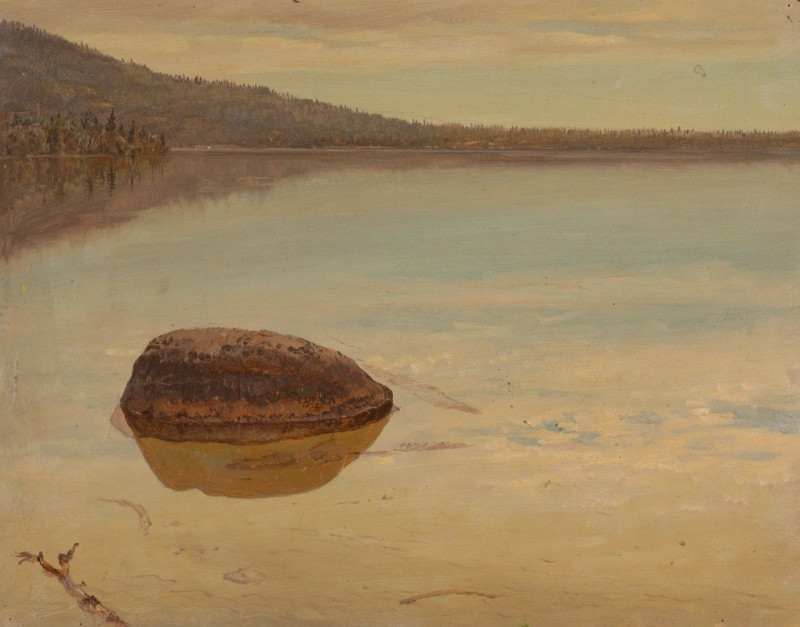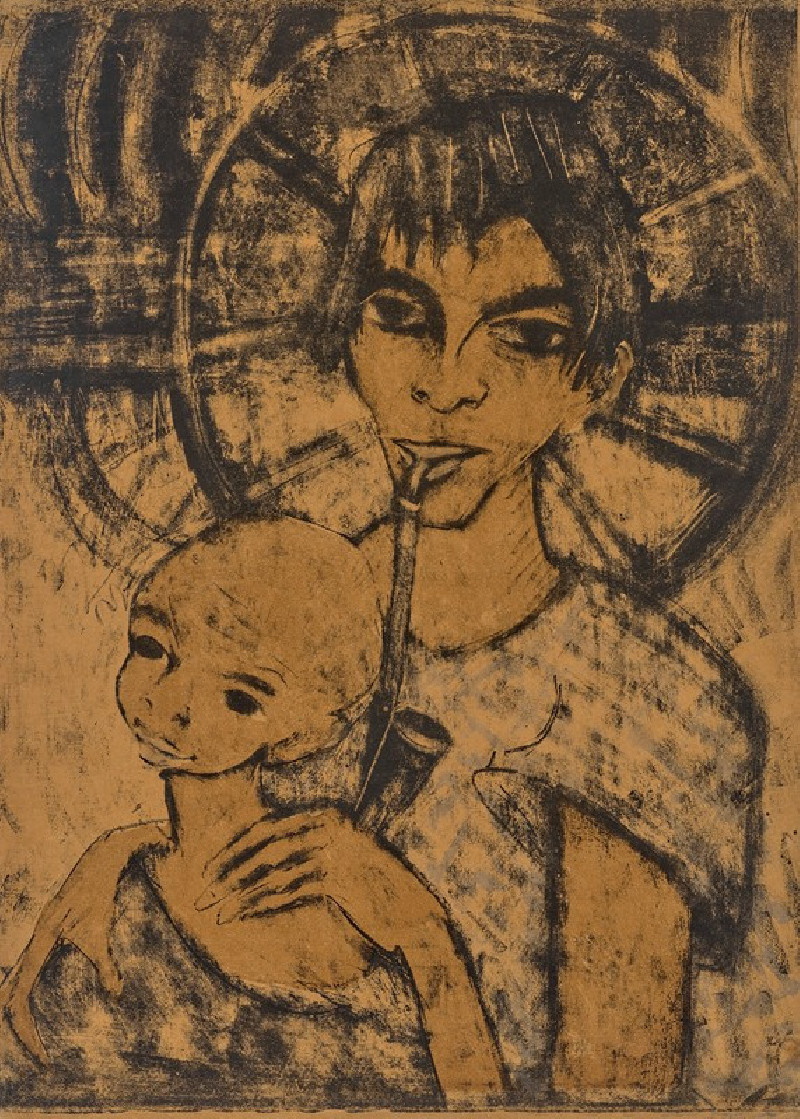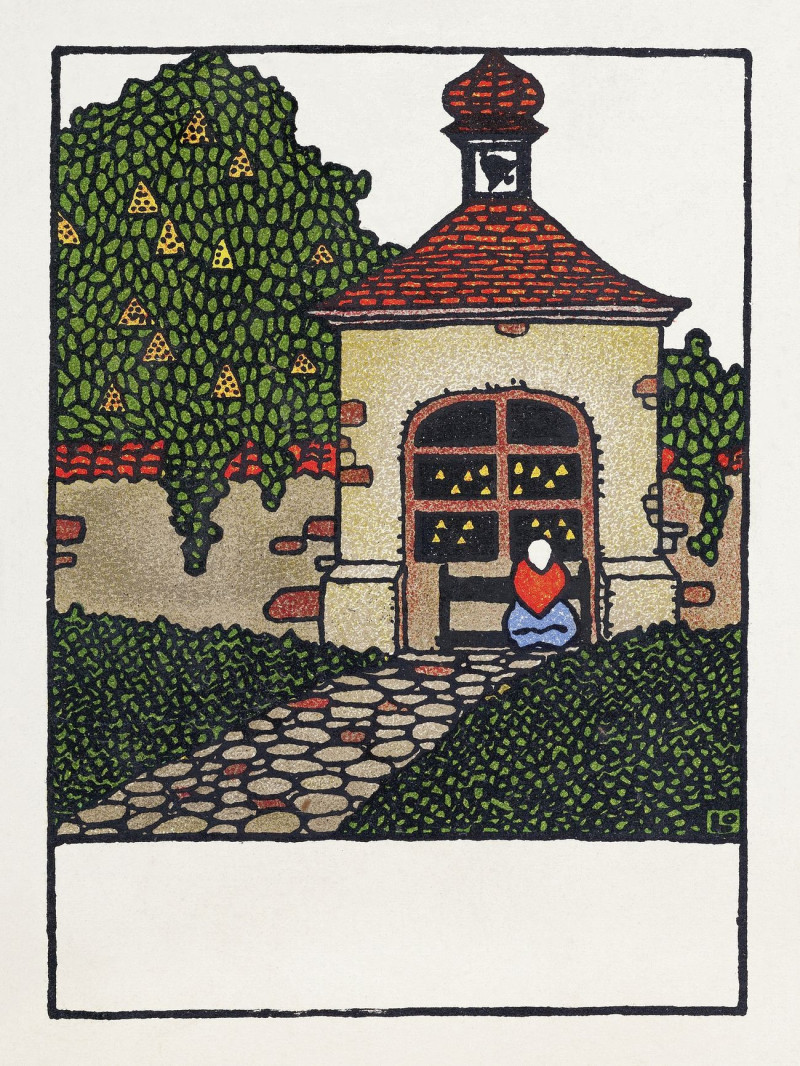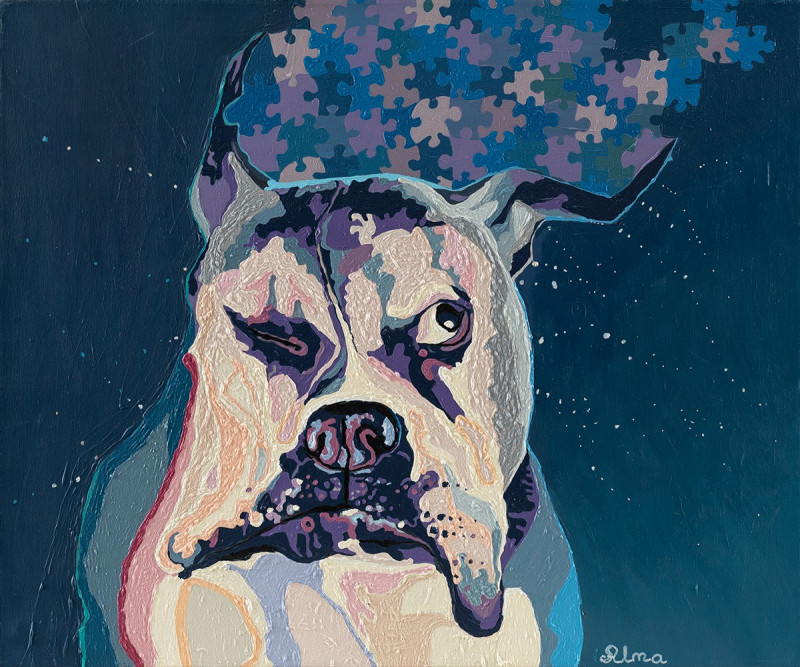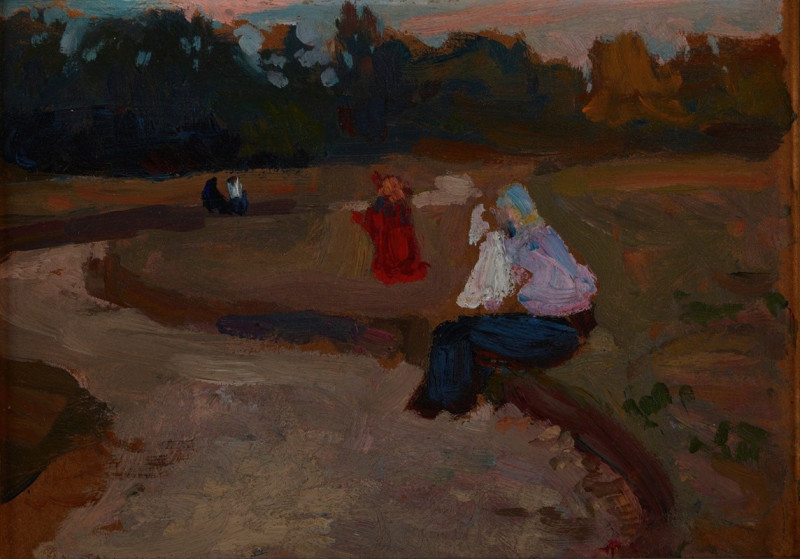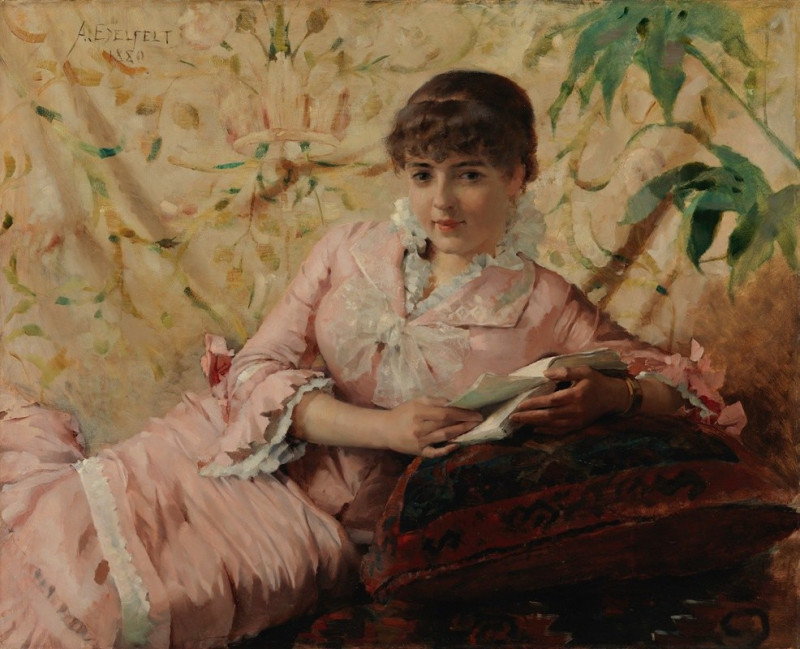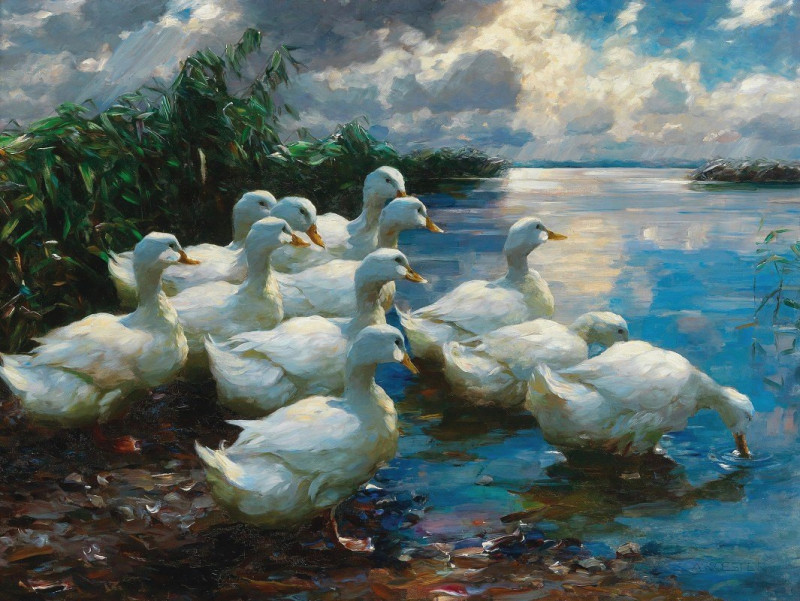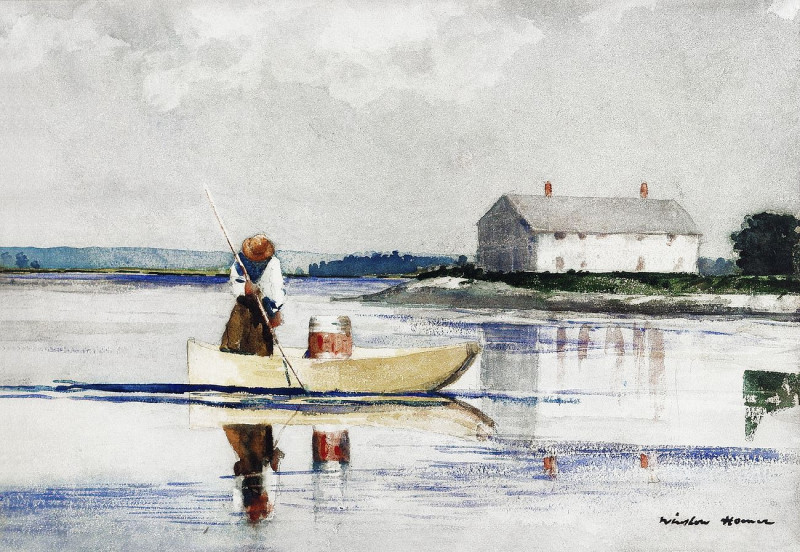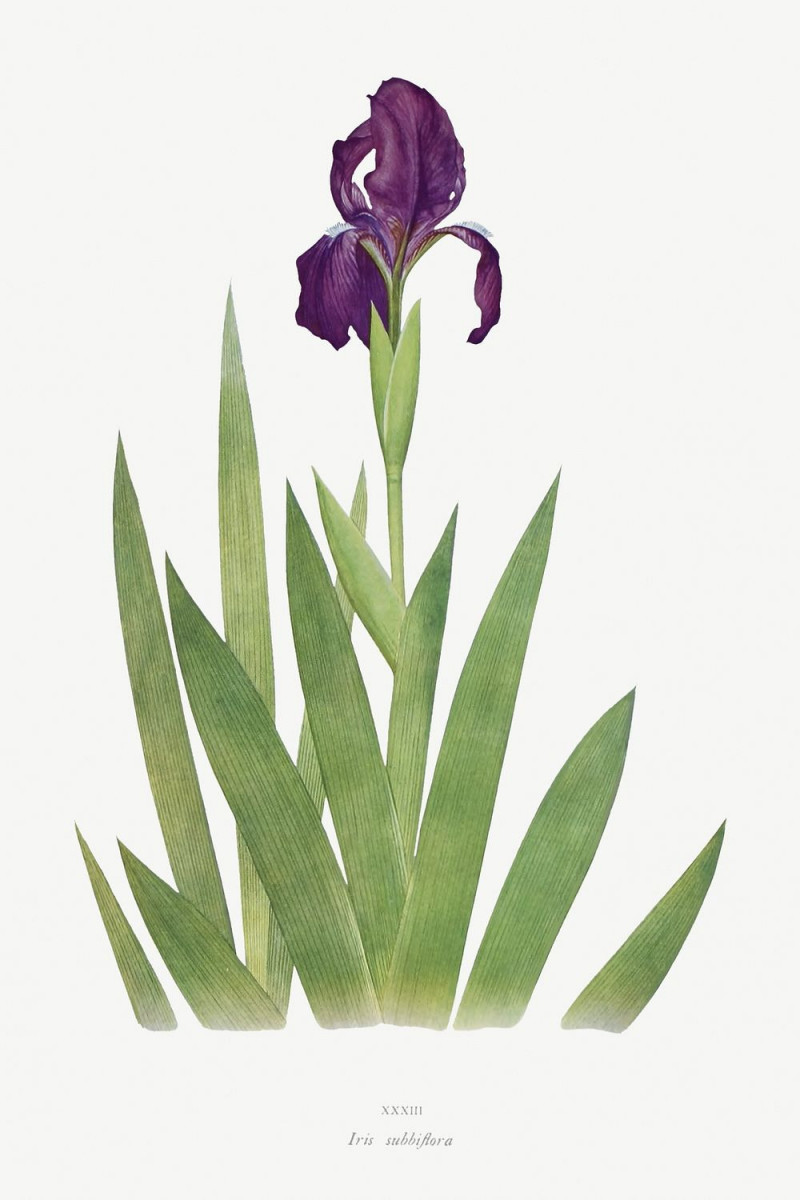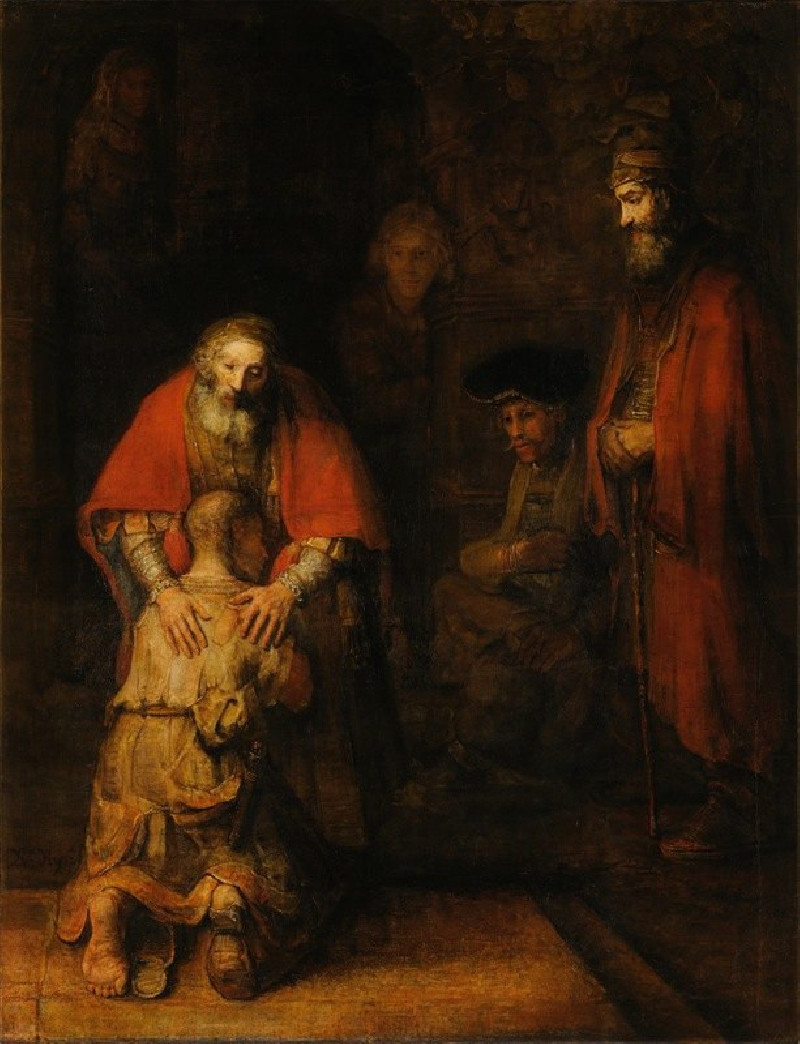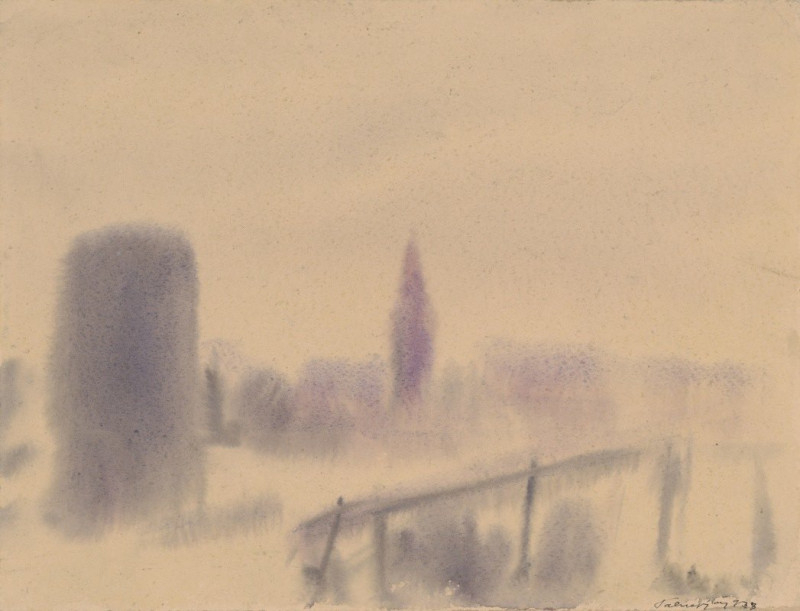Portrait of a Man (1880)
Technique: Giclée quality print
Recommended by our customers
More about this artwork
Gustave Caillebotte's "Portrait of a Man," painted in 1880, captures a moment of introspective quietude. This striking painting portrays an unidentified man seated comfortably in an armchair, his attention seemingly inward as he gazes out of frame. The sitter, dressed in an elegant black coat over a white shirt and dark tie, epitomizes the attire typical of a well-to-do gentleman in late 19th century France.Set against a backdrop that includes a vigorously detailed lace curtain and a glimpse of a Parisian balcony's ironwork, the painting exhibits Caillebotte's masterful use of light and texture. The soft daylight filtering through the curtain highlights the thoughtful expression on the man's face and the intricate details of his attire, creating a serene yet imposing presence.Caillebotte, known for his contributions to the Impressionist movement and his realistic portrayal of urban life in Paris, here delves into personal territory, exploring the subtle realms of human emotion and presence.
Delivery
Returns
Gustave Caillebotte (1848–1894) was a French painter who combined impressionist and academic styles in his artworks. Despite the fact that he is considered a great impressionist artist today, his posthumous reputation was not as significant. Most of his paintings were kept by his family and not exhibited nor reproduced until the late 20th century. His artworks depict scenes from Parisian streets, modern urban environments, as well as rural country scenes and flowers.


